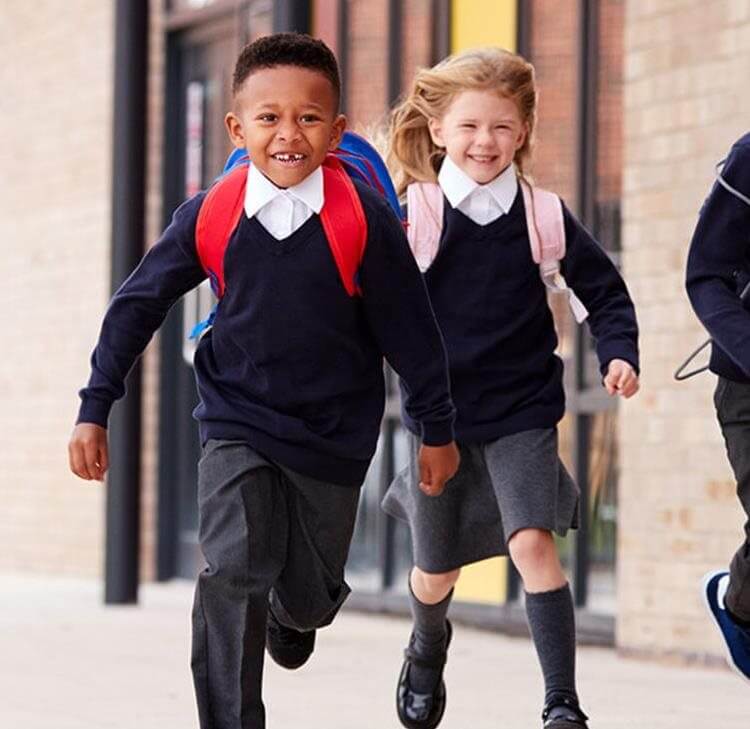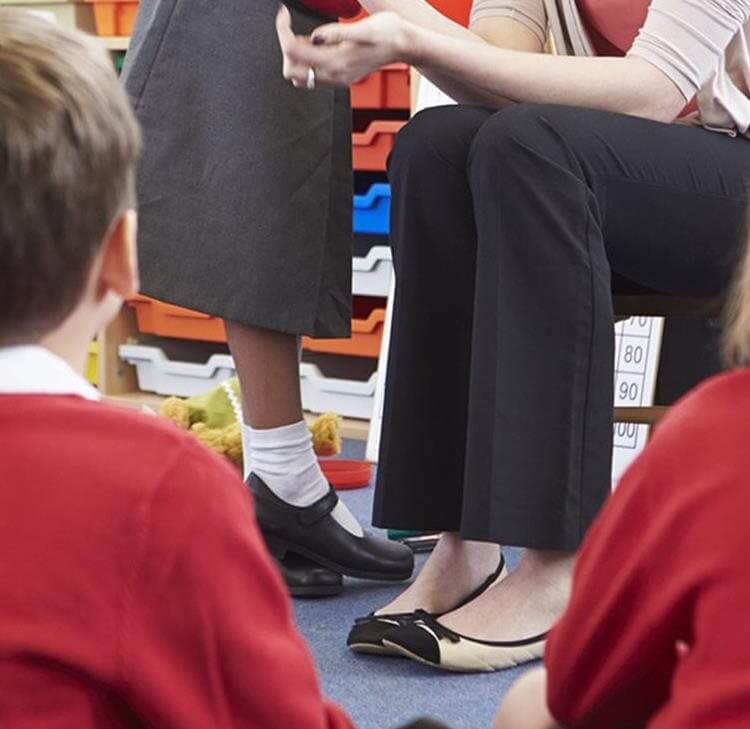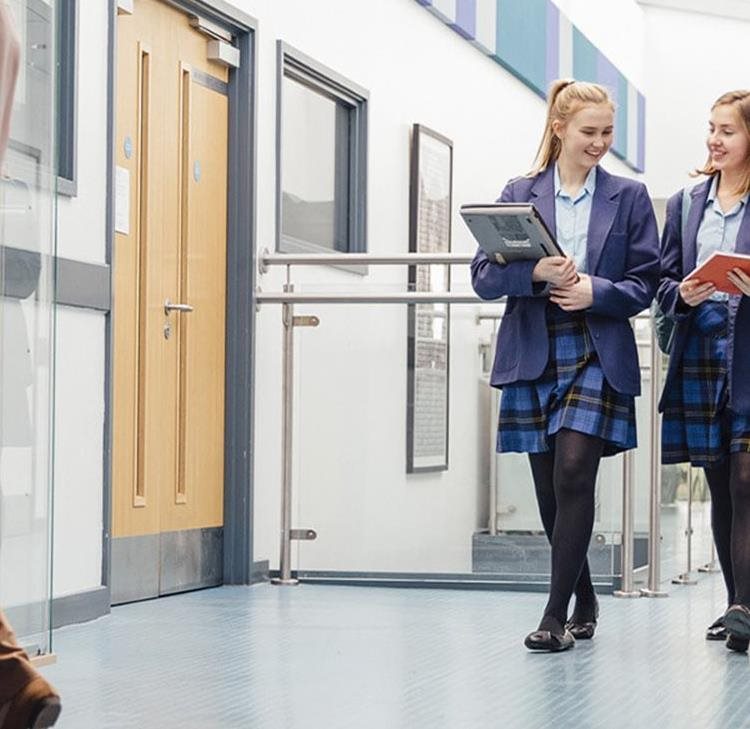Assaults on school staff - how can schools mitigate the risk
In this article we set out the most common issues we encounter, along with guidance on assessing and mitigating the risk from assaults.
Sadly, the risk of assaults to staff is something that all school leaders will be alive to. But how can schools address those risks in order to protect staff and ensure that they have complied with their duty of care?
Injuries to teachers and support staff due to assaults by pupils can be serious and unfortunately, on occasions, life changing. However, even minor incidents can cause significant disruption and upset, with a need to deal sensitively with the aftermath and manage disciplinary issues, occupational health involvement, staff absence and the effect on other staff and pupils. If a civil claim then follows, there will be the demands of supporting an investigation and dealing with the possible financial and reputational fallout.
The most common issues we encounter relate to the management of pupils with special educational needs who, in many cases, are known to be unpredictable or react negatively in certain circumstances. It is very often the staff working closely with these pupils who are at greatest risk.
There are also instances where teachers are injured in the course of intervening in violent incidents between pupils. Thankfully, deliberate attacks on staff by pupils or visitors are rare, but do occur, and managing the risk in that scenario should form part of the risk assessment.
By assessing and mitigating the risk from assaults, schools will not only ensure that staff safety is protected as far as possible, but the steps taken will also provide persuasive evidence when responding to any claim that is brought.
Risk Assessments
Risk assessments are key. All schools should ensure that either they have a specific assessment dealing with the risk of violence between pupils and against staff, or that there are generic risk assessments that adequately cover the risk of violence, even if such incidents are rare. The risk should also be considered in assessments of specific situations that may increase the risk of violence, such as the supervision of break times or pupils leaving the site at the end of the day.
In the case of pupils with special educational or behavioural needs who are known to present a risk of violence, there should be a pupil specific assessment that highlights the particular risks/triggers and identifies specific safeguards for that pupil. This assessment would be expected to cover measures such as de-escalation techniques, pupil to staff ratio, the need for additional staff support in certain high stress situations, ensuring that staff working with the pupil have received appropriate restraint training and, in extreme situations, the need to wear bite protection when working with a pupil where there is a known propensity to bite.
If there are situations where a member of staff may be alone with a pupil, such as where a pupil is permitted to leave the classroom with their one to one support to go outside or to a quiet area, the risk assessment should cover this heightened risk and identify additional mitigation, such as issuing staff with radios or panic buttons.
It is essential that risk assessments deal adequately the risk of violence and identify all reasonably practicable safety measures that can be deployed to (i) reduce the risk of assault, (ii) properly manage a pupil who is showing signs of violence and (iii) to minimise the impact of aggressive behaviour.
Any risks identified should be addressed and consideration should be given to alternative strategies if the preferred strategy is not successful. For example, the preferred strategy may be to attempt to diffuse the situation and call for assistance, but what should be done if de-escalation is unsuccessful? Outlining a ‘Plan B’ is often necessary.
Training
An important part of the process is ensuring staff have sufficient training to deal with potentially violent situations. Whilst de-escalation is often the primary response to potential violence, training should also include safe restraint techniques, even where it is identified as a last resort.
Where training is provided to staff it is essential that records of the training are retained for future reference. Training records should include:
- Confirmation of who has received the training, such as a signed attendance log.
- The date the training was provided and when any refresher training is expected to take place.
- The scope and content of the training, such as a copy of the slides or handouts.
These documents are particularly important in responding to any claim that is brought following an incident, with the ability to defend a claim reduced significantly where there are gaps in documentation.
Personal Protective Equipment
During the assessment consideration should be given to the need for Personal Protective Equipment (‘PPE’), such as bite resistant arm guards, safety clothing and personal radios or alarms. Again, PPE should be seen as a last resort in circumstances where the risk cannot be managed adequately by other means.
Where PPE is provided to staff it is important to ensure that it is safe, suitable, available, and is used as instructed. Documenting procedures around PPE could be crucial in defending a claim.
You should also ensure that there is a signed acknowledgement that the member of staff has been provided with PPE. There should be evidence that staff know how to obtain replacements if necessary and that the equipment is checked regularly and replaced if required.
Depending on the nature of the PPE, it may be necessary to provide training in its use. In the case of radios or personal alarms, provision will need to be made for issuing these each day, storing them when not in use, and checking they are charged and operational.
Spot checks to ensure that PPE is being used as instructed might also be considered, and if so, these should be documented.
Other parties at risk
The points above relate primarily to teachers and teaching assistants who have day to day contact with pupils, but the risks could extend to others who are working with pupils. This might include lunchtime supervisors, sports coaches, music teachers, parent volunteers and supply teachers.
The extent to which the above measures will need to be extended will depend on the level of the risk in each scenario, but it is important to ensure that this additional class of individuals are made aware of the relevant risks and the safety measures in place.
In low-risk scenarios, a simple warning to defer to the class teacher may be sufficient, but it is always preferable to have this documented. Other circumstances may require more stringent measures and it may be necessary to issue copies of risk assessments, check for relevant training, and provide guidance or supervision. There may even be cases where it is inappropriate for anyone who is not a regular trained member of staff to work directly with high-risk pupils.
Finally, when high risk students attend offsite lessons or go on school trips, this will need special consideration in terms of risks to the public and other professionals as well as the staff accompanying them.
Contact

Katherine Langley
Senior Associate
katherine.langley@brownejacobson.com
+44 (0)115 934 2038









































